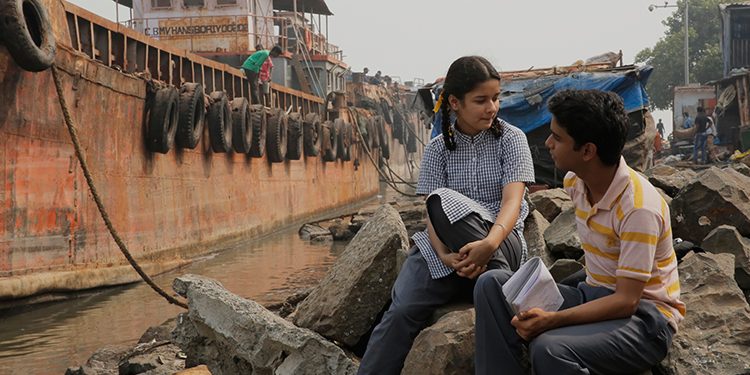Mumbai: With the Bombay High Court’s (HC) latest enquiry into Central Board of Film Certification’s (CBFC) unremitting stance in the matter of the Children’s Film Society of India’s (CFSI) children’s film Chidiakhana, by awarding it a ‘U/A’ certification instead of a straight ‘U’, a oft-touched upon Pandora’s Box has been reopened. The HC stated that instances of minor aggression and violence depicted in the film, which the CBFC holds as unpardonably disturbing to children, are quite commonplace in children’s lives today.
Supporting CFSI’s strongly worded challenge to the CBFC that the “inherent” violence shown in the film is an integral part of the movie and cannot be deleted, the HC has reinstated that the CBFC couldn’t decide on what children can watch or not, beyond the scope of the stated laws of the land.
Chidiakhana’s counsel Yashodeep R Deshmukh encapsulates the “why” for the ‘U’ certification (for unrestricted public exhibition) succinctly, “Once you have seen Chidiakhana in its entirety, keeping in mind the theme, context and the treatment given, particularly to the scenes the CBFC has objected to, the only inference you will draw is that it’s a ‘U’ film.”
He also states that the treatment clearly shows that it’s a film made with children in mind. So while a ‘U’ certificate would endorse the film as suitable for all age groups, a ‘U/A’ certificate would attest that the parents of children below 12 years must use caution while permitting their children to watch these film. Hence, a ‘U/A’ certification would defeat the entire purpose of releasing the film.
Heaving a sigh of relief, filmmaker Manish Tiwary says, “I am so grateful to Justices SC Dharmadhikari and Gautam Patel, and my colleagues from the film industry for supporting my film.” He believes, “The rigmaroles of Chidiakhana mirrors the predicament faced by underdogs anywhere and everywhere in the world. The film’s protagonist Sooraj is a football-loving and -playing teenager who comes to Mumbai to pursue his one passion but instead finds himself swept into the maelstrom of regional conflicts that drags him away from his love for the game. The narrative focus is his game; the so-called violent scenes are necessary contextual embellishments that are done with taste, humour and with children in mind.”
Tiwary who made the feted “Dil Dosti Etc” says he was always clear that his first film was meant for an adult audience and he had applied for an ‘A’ certification. His second film received a U/A without cuts. “But Chidiakhana is meant for children. I had my own children in mind while writing and directing Chidiakhana,” he says. Tiwary continues, “We have made a film that has an inspirational story of an underdog surviving the odds and winning something valuable for an entire community. But instead, of the film seeing the light of the day, we are caught running around in circles to get our certification sorted.”
When asked about judicial precedence in this matter, lawyer Deshmukh reels off a long list that showcases how the judiciary has often saved the day for filmmakers in the past. “We are quoting celebrated judgements of the Indian courts that have supported films’ freedom of expression, like KA Abbas’s ‘A Tale of Four Cities’ (a documentary, where an ‘A’ certification was overturned to a ‘U’ by the honourable Supreme Court), the Ramesh Pimple vs CBFC instance (over the documentary ‘Aakrosh’), and that of F A Pictures International (for the film ‘Chand Bujh Gaya’) delivered by the Bombay HC among several other judgments.”
Commenting about the CBFC’s highhandedness, Tiwary avers, “I have pointedly criticised the opaque processes of the board time and again, and have refused to making cuts in exchange of a ‘U’ certificate but also a much diluted and artistically compromised film. The censor board works with its own peculiar whims and movie-makers suffer at their hands. It’s high time that artists have a clear understanding of their freedom of expression.”
While the Bombay HC stated a clear need to modernise the film certification methods and guidelines as it was apparent that none of the board members had the aptitude to “discern” what was fit for watching and by whom, with the final hearing and verdict slated for August 23, here is hoping that Chidiakhana emerges unscathed at the end of its CBFC ordeal
















